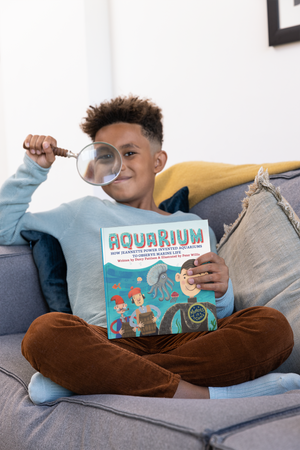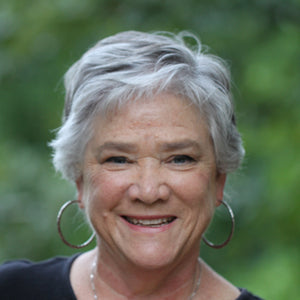The Inventor of Aquariums
If you wanted to read a picture book to young readers about sea creatures, women in STEM, and amazing inventions, where would you go? We've got a wonderful children's book for you!
AQUARIUM: How Jeannette Power Invented the Aquarium to Study Marine Life delivers it all. It takes you way down deep into the life of the weirdest octopus in the world. Ocean life of the deep blue sea
SCIENCE
This nonfiction book--destined to become one of your favorite ocean books--is about observation. To understand the world around us, science begins with looking to see what is there and what is happening. When Jeannette sailed from France to Sicily, she knew nothing of marine biology, sea life, or the watery world beneath her boat. She was captivated by the seas, and began studying the amazing creatures.
One of the weirdest animals was the Argonauta Argo octopus, the only octopus that makes and lives in a shell. The scientific community was divided on the question of where that shell came from. Many said the octopus was like a hermit crab, just finding empty shells and living in them. Others, however, said the octopus made the shell itself.

Jeannette believed the best way to answer the question was direct observation.
She wrote, "I did not study this marine animal...using the imagination, but by experimental observations."
Before Jeannette, marine biologist studied dead creatures: fish caught in nets or hooks, animals washed up on shore, or creatures caught and brought to the surface. Here's the problem for marine scientists. There's a big difference in how octopuses and humans survive. Humans breathe air, but octopuses live in the water. If a human goes into the water, it's only for a short time, as long as you can hold your breath.
Jeannette was left with this problem: How could a human directly observe live animals in the underwater world?
INVENTION - Engineering
Engineering is about building useful things to fill a need. Jeannette had a problem: how to observe live ocean animals.
Her biggest accomplishment was to imagine a cage made of glass. If a marine animal lived in a glass cage, the scientists could observe the animals while they were alive.
She needed a way to keep the ocean water fresh.
The biggest thing she faced was how to keep marine animals alive.
She could replace it daily or continuously, by pumping water through a
The invention of the aquarium meant that Jeannette could study the Argonauta Argo. Over a ten year period, she observed over 1000 individual octopuses.
"...this picture-book biography of a notable woman inventor belongs in STEM collections." Booklist Reviews
WOMAN IN STEM
Throughout the history of science, some of the most exciting work is done by women. They face many obstacles because they are women, but they pursue their interests with a passion.
Ocean conservation is only possible when you understand the oceans from the world's coral reefs, to marine mammals, to the shyest fish.
“…engaging information about a relatively little-known figure and her innovations in marine studies… likely to appeal to kids…effectively elucidates the steps of the scientific method, including prediction, observation, analysis of data, and formulation of a conclusion.” Kirkus Review
10 Interesting, Fun Facts about Marine Biologist, Jeannette Villepreux Powers

- Jeannette was born in Julliac France in 1794.
- At the age of 17, she traveled to Paris to work as a seamstress.
- Jeannette helped sew a wedding gown for Sicilian princess Maria Carolina.
- Jeannette lived in Sicily, an island in the Mediterranean Sea, for 25 years.
- Jeannette wrote two guide books about Sicily.
- Jeannette had pet martens (a type of weasel) which lived in her house and slept in her bed.
- Jeannette collected many ocean animals and specimen. She shipped them back to France, but the boat sank and all her work was lost at sea.
- Jeannette also studied meteorites.
- Jeannette also studied butterflies and their caterpillars.
- In 1997, a crater on Venus discovered by the Magellan probe was given the name Villepreaux-Power in her honor.
Younger children will love the It's a perfect book to introduce older children to the science, while enchanting the youngest readers with a fascinating story from the bottom of the sea. It's a perfect book for an ocean unit.
Click on the book cover to buy this fascinating ocean book today!






